The Answer May Surprise You. While centipedes are primarily adapted for life on land, they are capable of swimming. Some species of centipedes have been observed swimming in shallow water or crossing streams. However, centipedes are not well-suited for life in water. Their legs are not designed for swimming, and they lack the ability to breathe.. Navigating Land and Water: How centipedes walk and swim. Credit: Ishiguro-Kano Lab. Researchers observed intact and nerve transected animals transitioning between walking and swimming and.

House centipede in bathtub YouTube
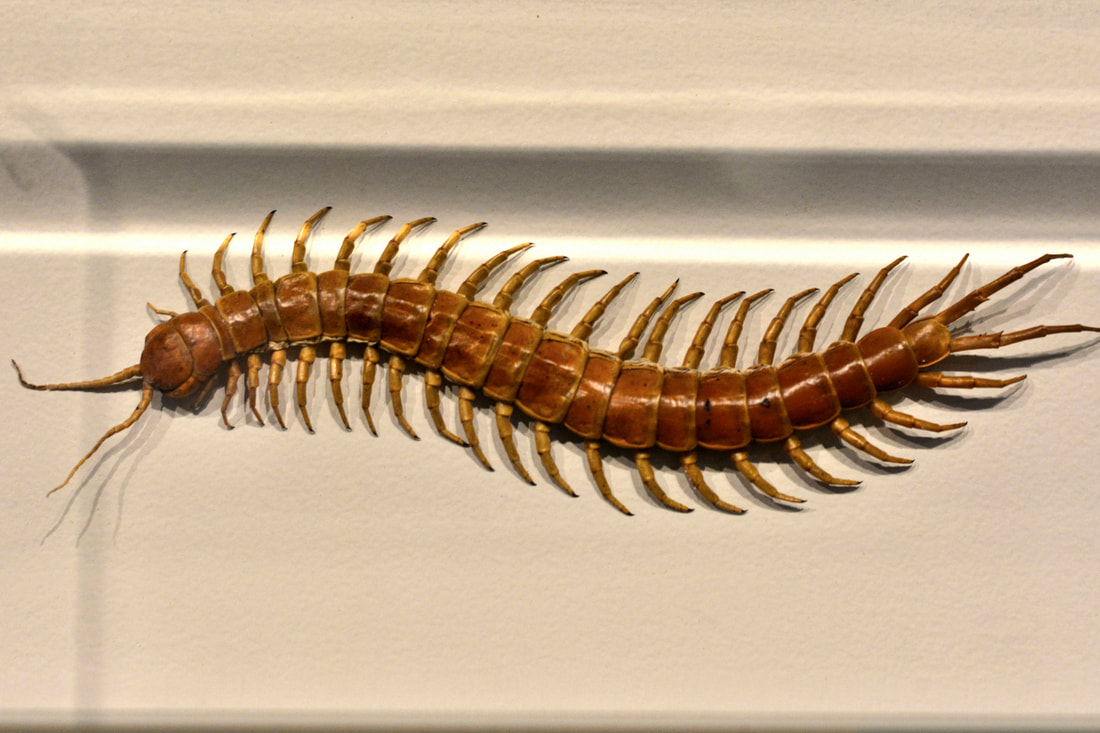
Centipedes MOUNTAIN RANTS

What Do Centipedes Eat YouTube
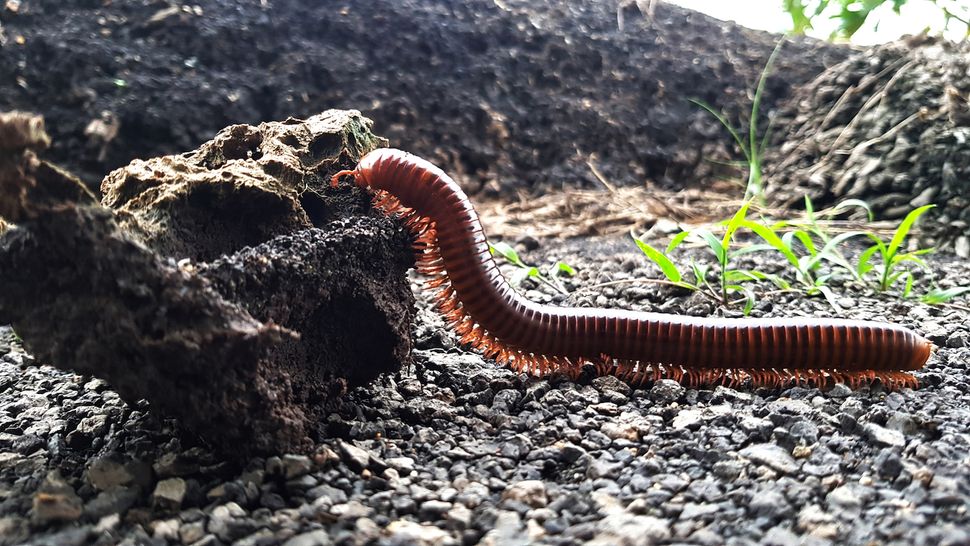
Centipedes and Millipedes Lots of Legs, What's the Difference? Live Science
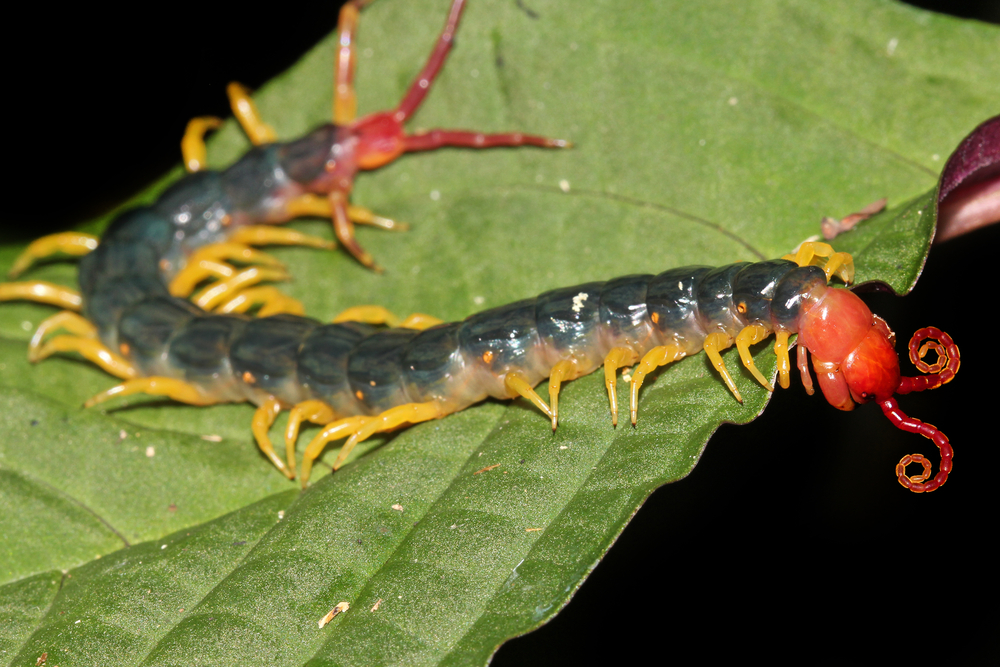
10+ Most Dangerous Amazon Rainforest Animals Ultimate Topics
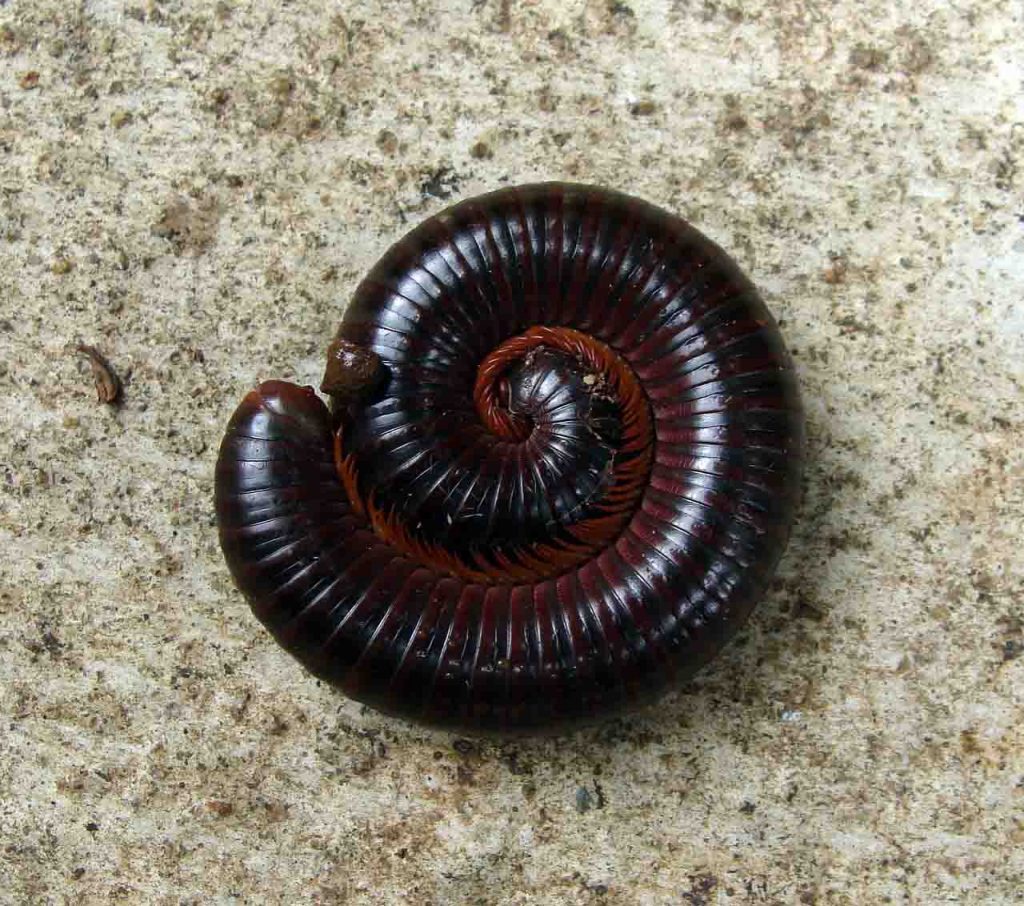
Can Centipedes Breathe Underwater?
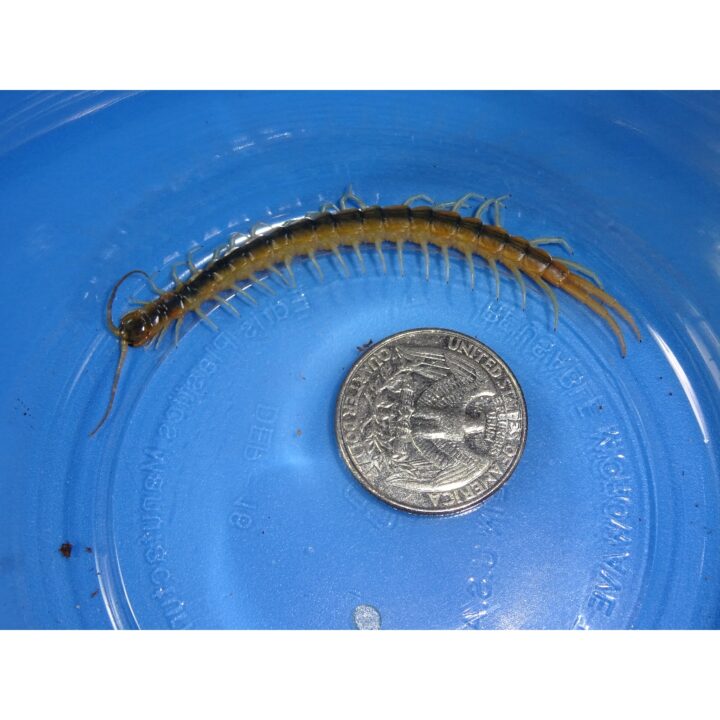
Florida Blue Centipede juvenile to adult Strictly Reptiles
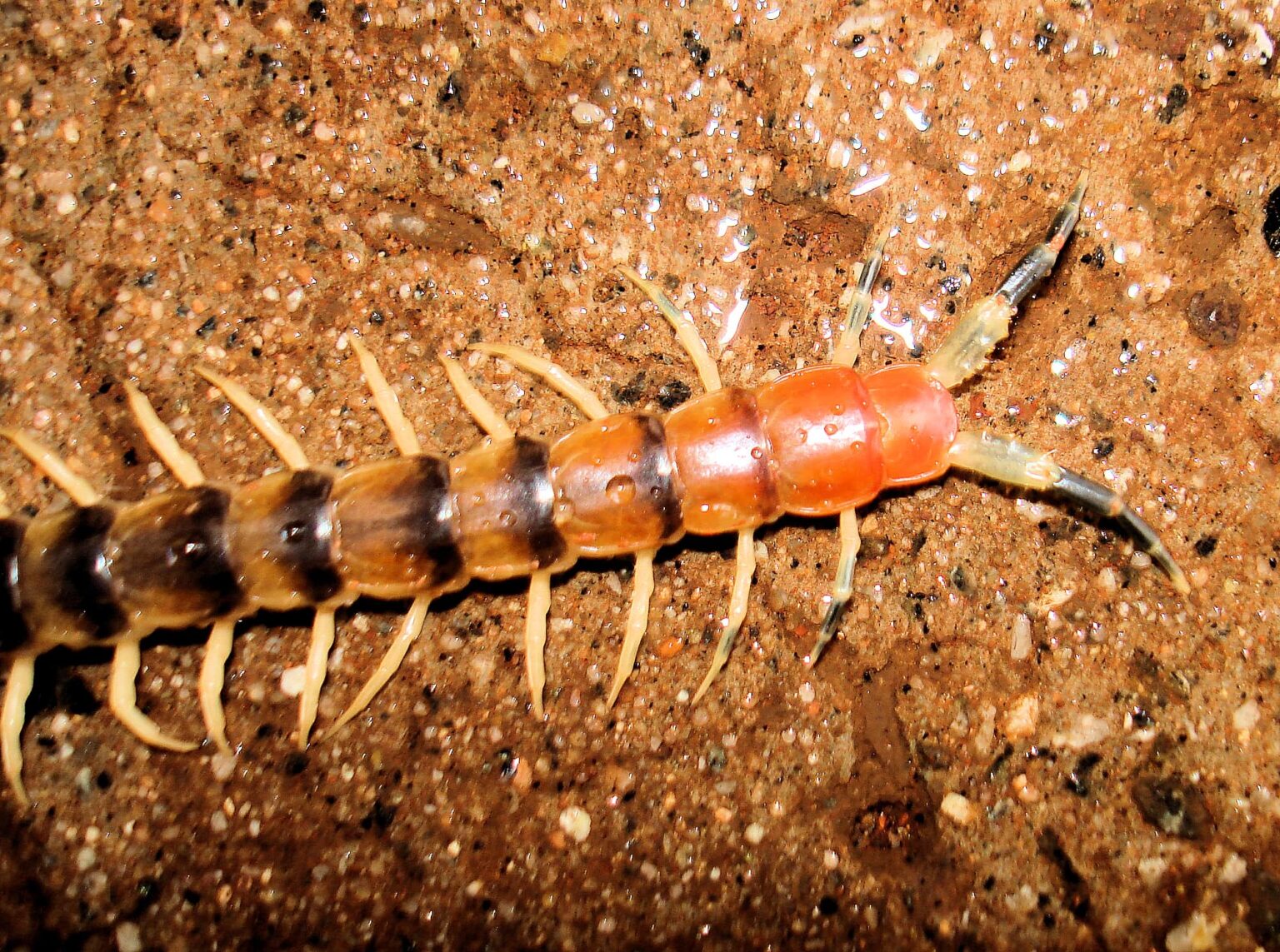
Native Centipede Ausemade
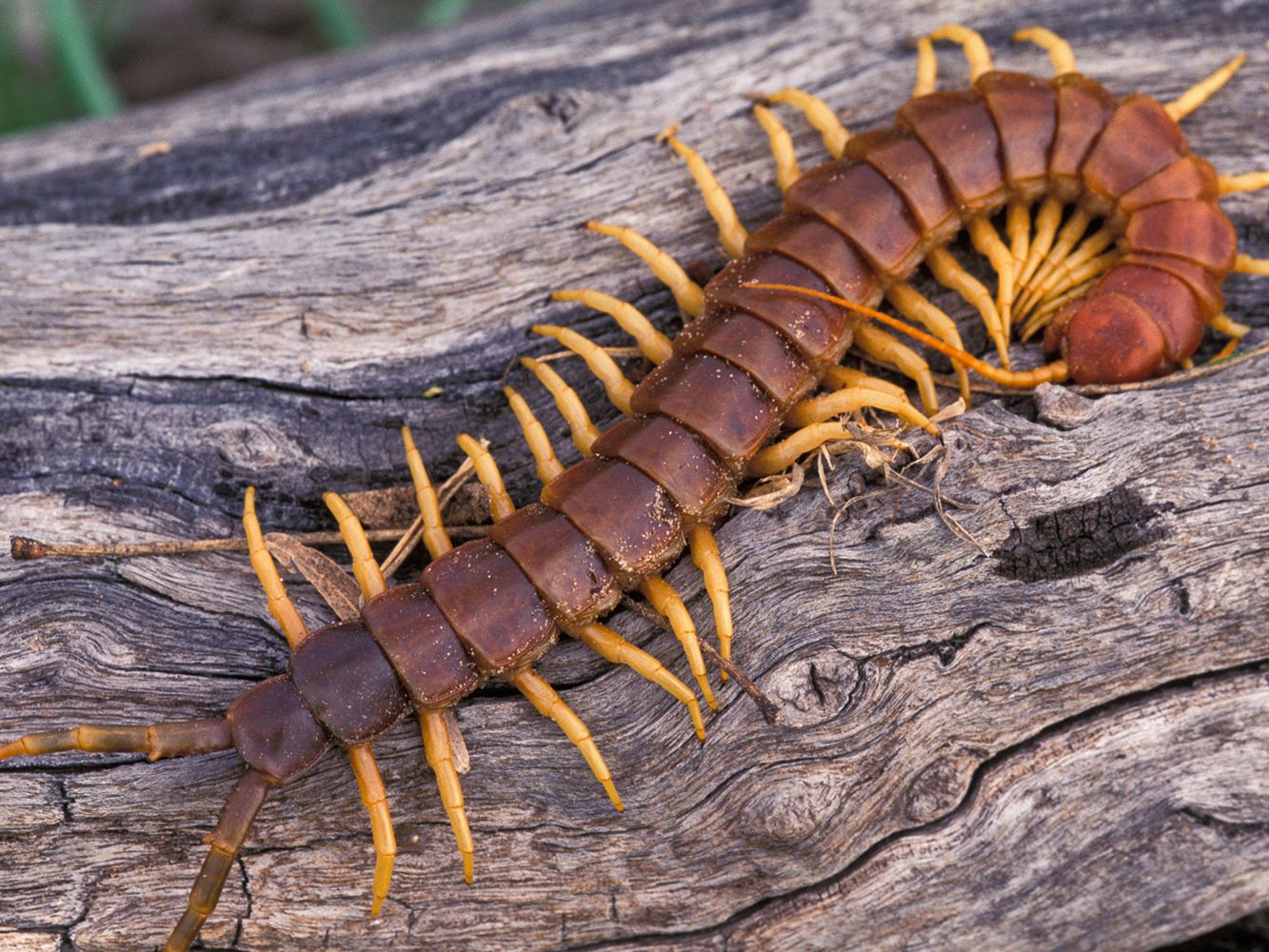
What are Centipedes and Where Can They be Found? Turner Pest Control

Waterfall Centipede Scolopendra cataracta This species is the first known amphibious

Do Centipedes Live In Water
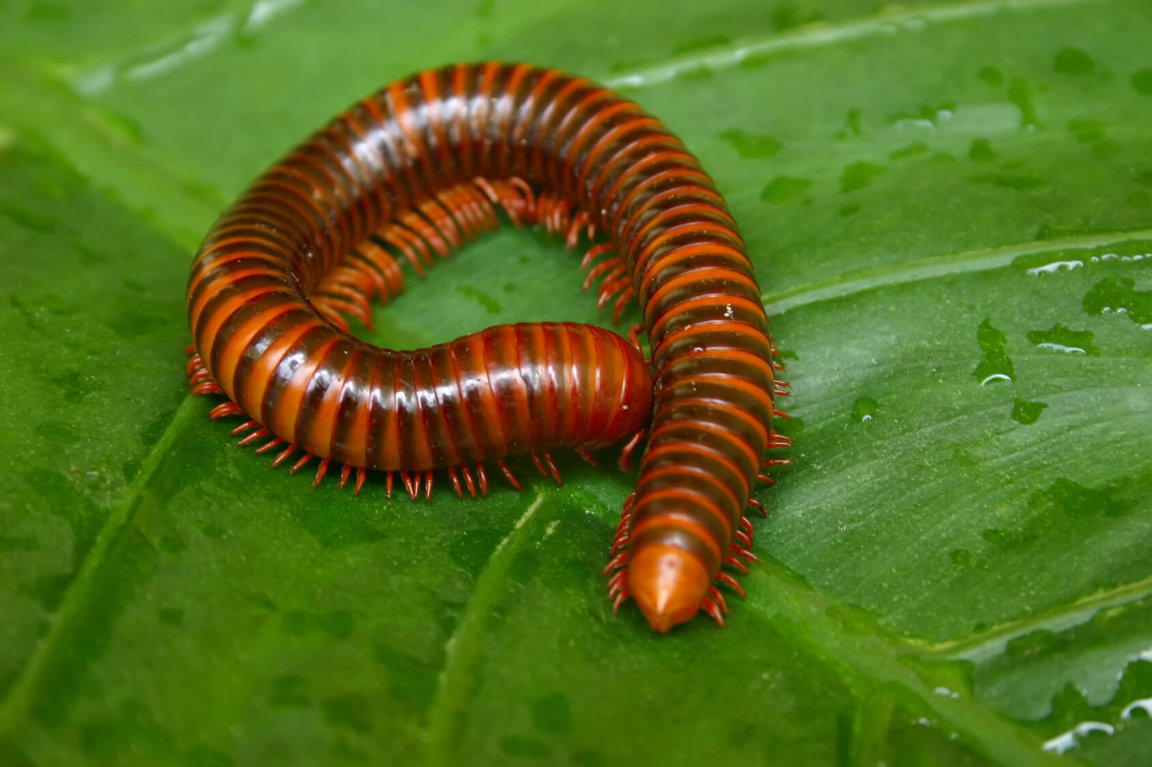
Invertebrates Invertebrates Animal Encyclopedia

39/150 Are they centipedes or….?? BIObus

Centipede Alchetron, The Free Social Encyclopedia

Centipede_1 Dead centipede floating in water Muthu Flickr
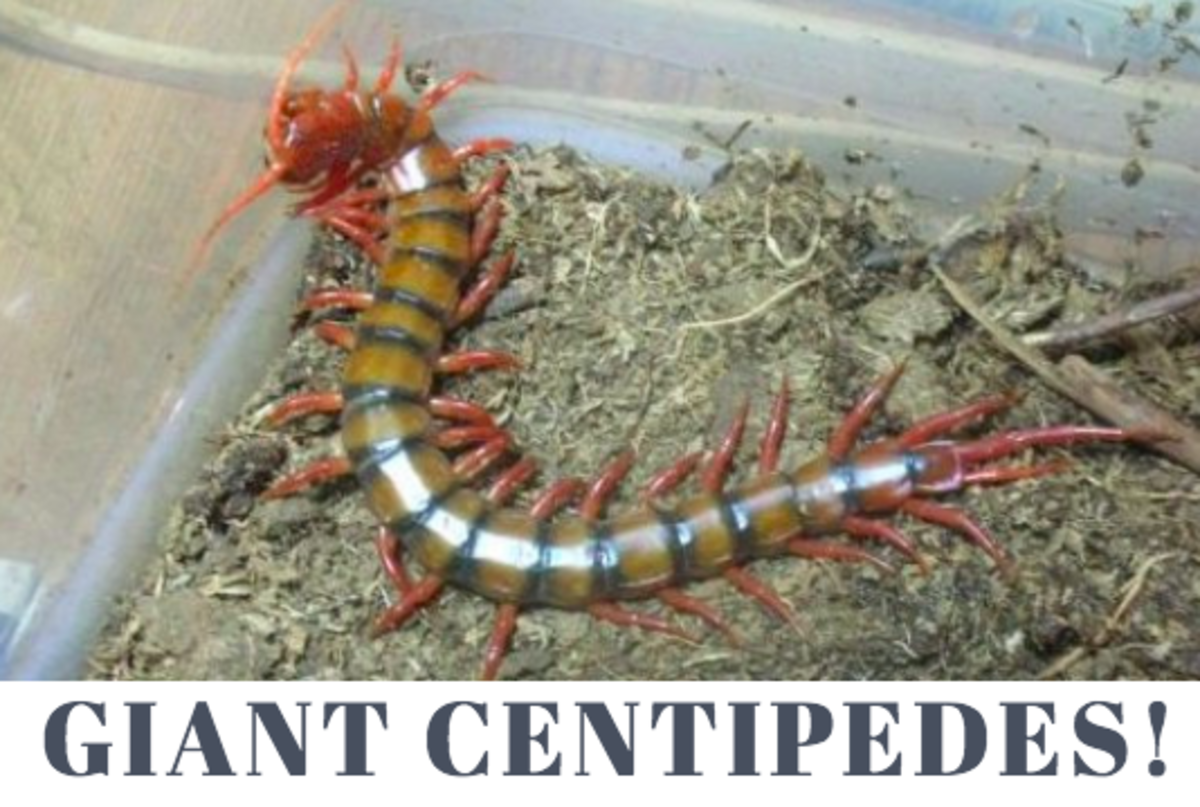
Types of Centipedes in Hawaii & How to Get Rid of the Big Ones Dengarden
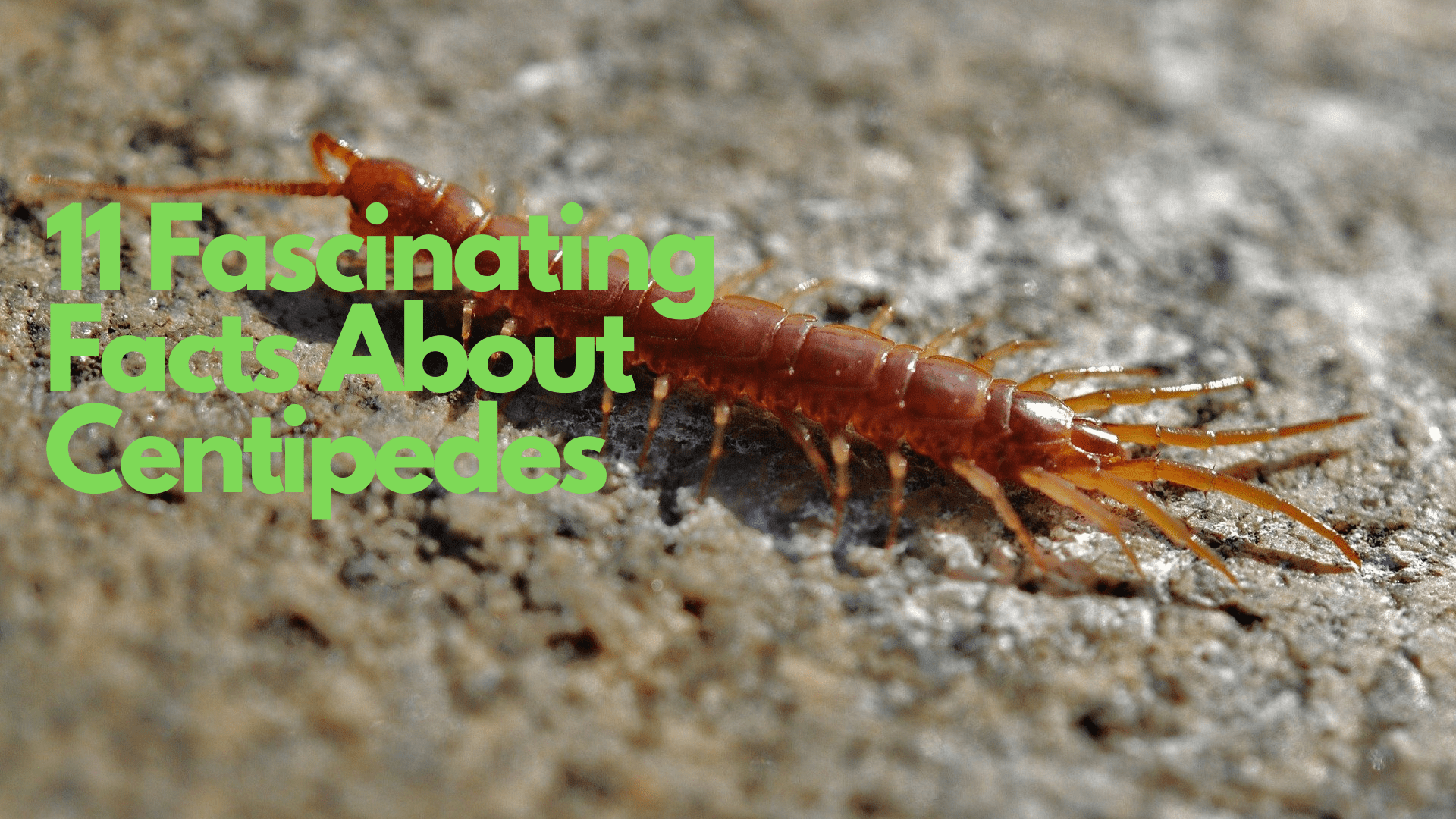
Centipede Facts 11 Insights Excel Pest Services

10 nightmarish facts to know about centipedes
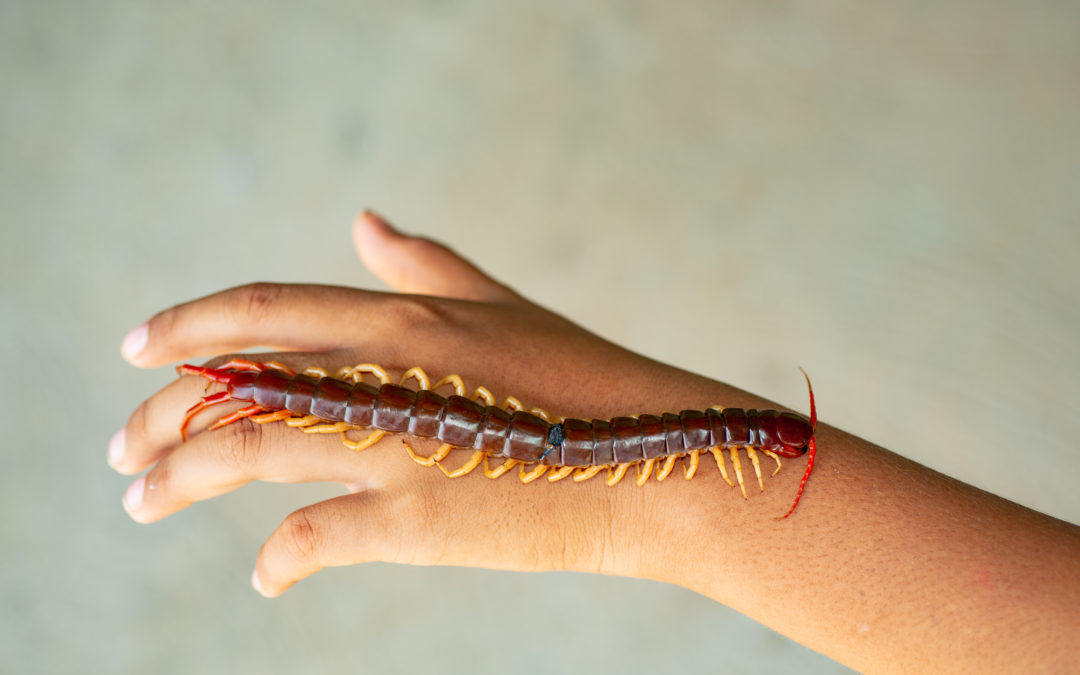
What Is A Centipede Centipedes in Tennessee U.S. Pest Protection
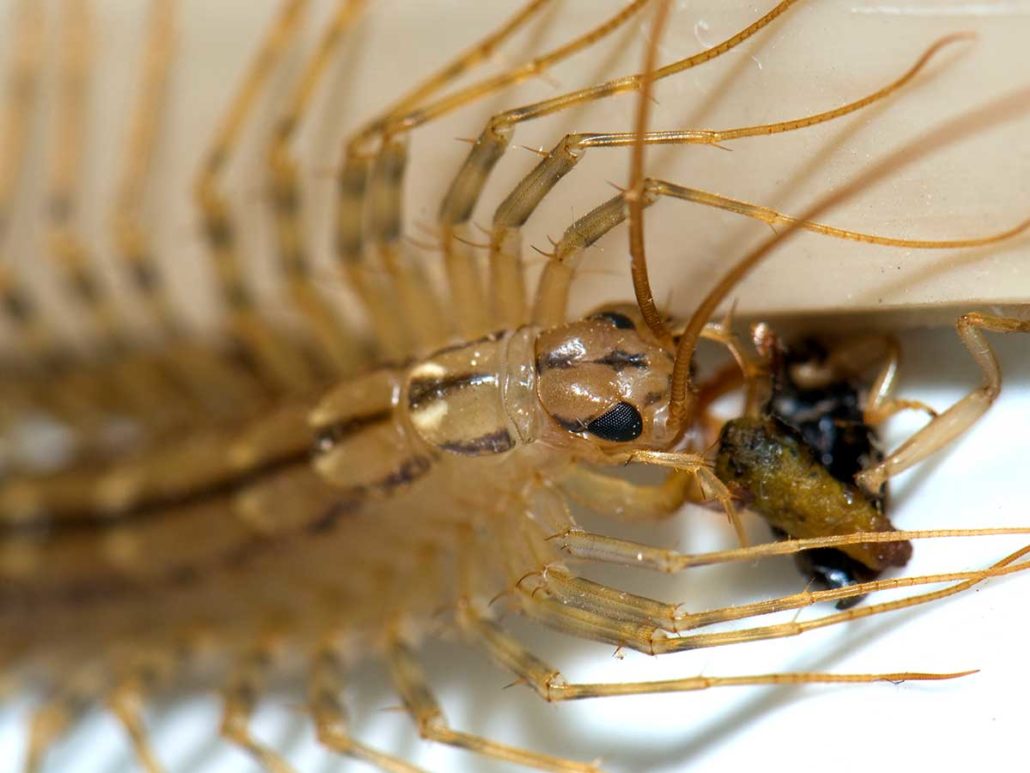
Types of Centipedes in Texas The Bug Master Pest Control and Disinfecting
There are two representative species. The usual pest species is the common house centipede Scutigera coleoptrata (Linnaeus). This centipede is about 1-1 1/2" (25-38 mm) long. Its body is grayish yellow with three longitudinal dark stripes. The house centipede has 15 pairs of long legs. The antennae and last pair of legs are longer than its body.. Centipedes possess a unique anatomy. Their bodies are divided into two main sections - the head and the trunk. The head houses their sensory organs, including antennae and compound eyes that allow them to detect their surroundings. The trunk, consisting of numerous segments, houses the vital internal organs.